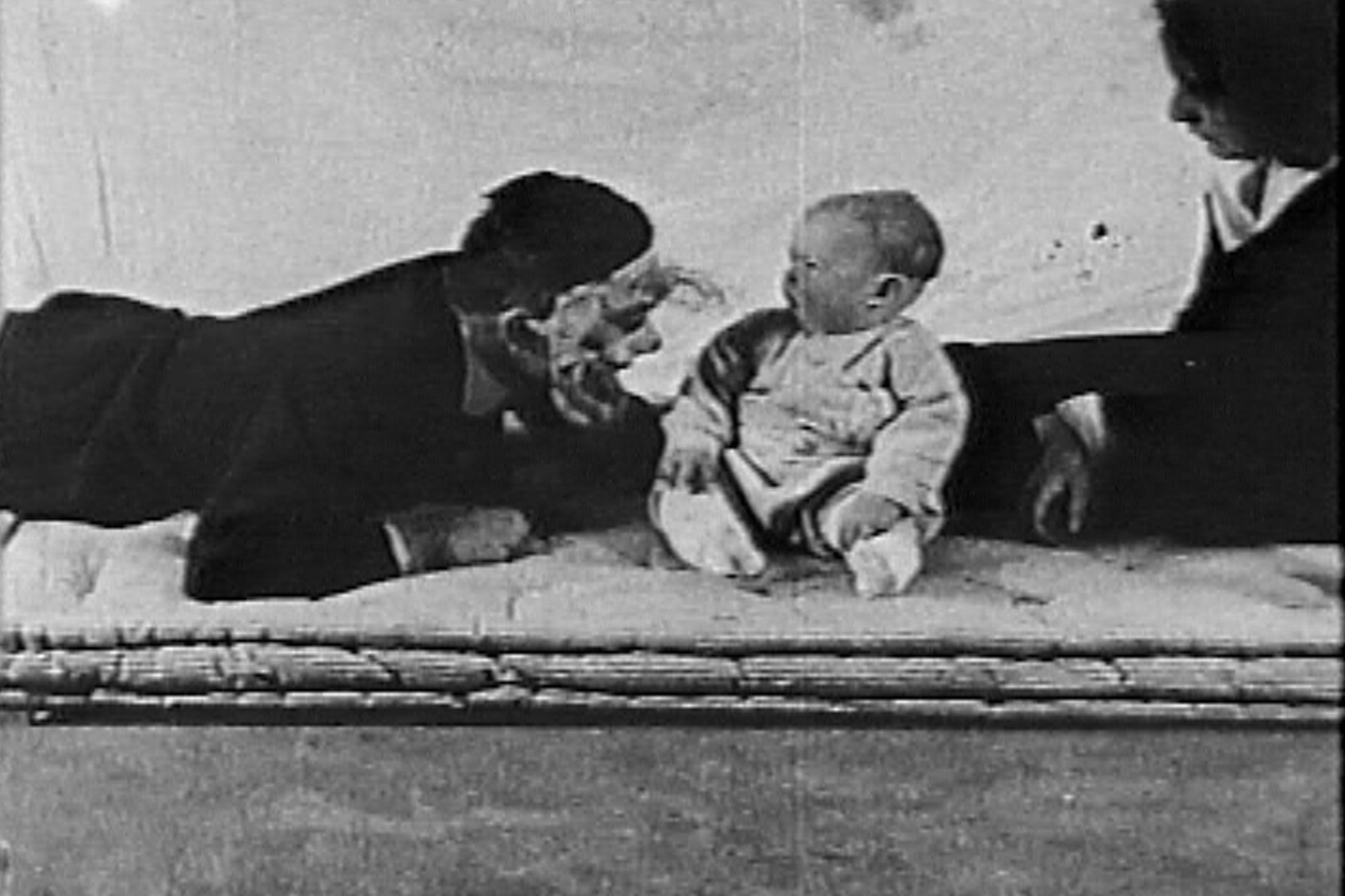The Little Albert experiment was a controlled experiment showing empirical evidence of classical conditioning in humans and operant conditioning in humans. The study also provides an example of stimulus generalization. It was carried out by John B. Watson and his graduate student, Rosalie Rayner, at Johns Hopkins University. The results were first published in the February 1920 issue of the Journal of Experimental Psychology.
The Experiment
After observing children in the field, Watson hypothesized that the fearful response of children to loud noises is an innate unconditioned response. He wanted to test the notion that by following the principles of the procedure now known as "classical conditioning", he could use this unconditioned response to condition a child to fear a distinctive stimulus that normally would not be feared by a child (in this case, furry objects). The aim of Watson and Rayner was to condition a phobia in an emotionally stable child. For this study they chose a nine-month old infant from a hospital referred to as "Albert" for the experiment. Watson followed the procedures which Pavlov had used in his experiments with dogs. Before the experiment, Albert was given a battery of baseline emotional tests: the infant was exposed, briefly and for the first time, to a white rat, a rabbit, a dog, a monkey, masks (with and without hair), cotton, wool, burning newspapers, and other stimuli. Albert showed no fear of any of these items during the baseline tests.
Who Was
Little Albert?
Little Albert was the subject of Watson’s experiment. Many of the facts of the experiment are somewhat sketchy and over the years there have been conflicting reports as to whom Little Albert actually was, but it is generally believed that he was a 9 month old baby boy born and raised in a home for Invalid Children. At 8 months old, Watson tested the child to see if he showed a fear response to a loud noise. Initially the child was startled, but not afraid, but by the time he heard the loud noise for the third time, he was extremely frightened. For the next baseline stage of the experiment, Watson introduced a series of random objects to the boy: a white rat, a monkey, a rabbit, burning newspapers, cotton wool, plus others. At this point the boy was unafraid of the objects. Next, Watson introduced the white rat to the child. Initially he was happy to play with the rat and showed no fear, but in subsequent tests, each time the child reached out to touch the rat, he heard a loud noise. Before long the child exhibited a fear response and became extremely distressed whenever he was exposed to the white rat, even when he heard no loud noise. From this, Watson concluded the child had been conditioned to feel an emotional response (fear) to a neutral stimulus.
